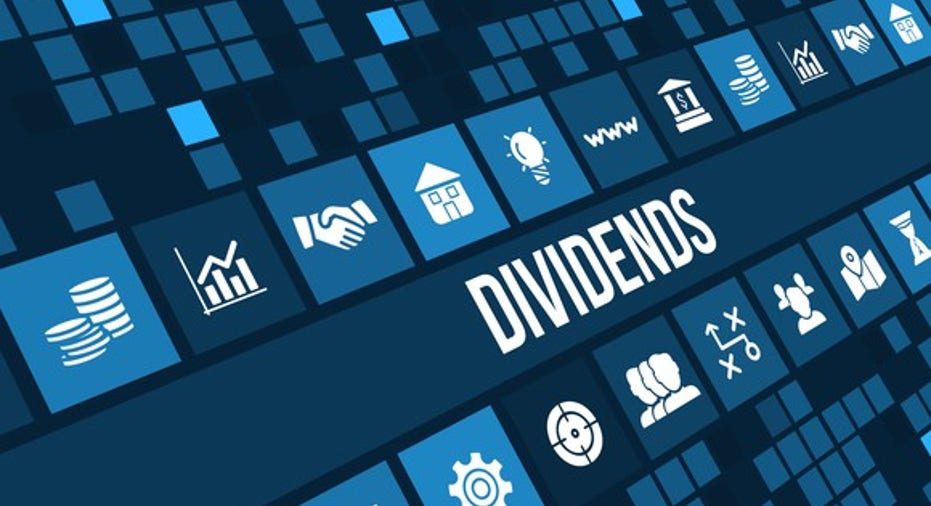These Are the 10 Highest-Yielding Dividend Stocks -- but Are Their Payouts Safe?

High-yielding dividend stocks are attractive to investors looking for income, and companies like CenturyLink (NYSE: CTL), Seagate Technology (NASDAQ: STX), and Ford (NYSE: F) have some of the best dividend yields in the market right now. Yet before you simply go out and buy the 10 highest-yielding dividend stocks listed below, you owe it to yourself to consider whether the companies on that list are likely to stay there. Below, we'll take a closer look at some of these dividend stocks to see which ones deserve more of your attention.
Image source: Getty Images.
The top 10 yields in the S&P 500
Here are the 10 highest-yielding stocks in the S&P 500 as of Oct. 28:
Data source: Yahoo! Finance.
The most important thing to think about is that this list already looks different than it did just a few months ago. Recently, Williams Companies cut its dividend in the wake of its stalled merger plans, and what had been a double-digit dividend yield has now sunk below the 3% mark. That's not an uncommon phenomenon with high-yield dividend stocks, and investors must be vigilant to avoid getting stuck in a dividend trap.
Getting paid to take on risk
Meanwhile, you'll notice that the 10 stocks on the list fall into a couple of broad categories. The most obvious is that the telecom industry is well-represented, with Frontier, CenturyLink, and AT&T making the list. Telecoms often have high dividend yields because they're able to generate large amounts of cash flow from their fixed assets, with immense initial capital investment in their respective networks gradually paying off from the revenue that customers' monthly bills generate for the companies. In some cases, those above-average yields reflect concerns about the long-term viability of their business strategies, and the increasingly competitive conditions in the industry make investing in telecom even riskier. That's likely one reason why CenturyLink is looking closely at a potential merger of equals with Level 3 Communications, in an effort to bring both telecom services and infrastructure assets into a single company and provide more appealing products to valuable business customers. Yet with Level 3 currently paying no dividend, it seems unlikely that a post-merger combined company would be able to sustain the same dividend yield over a broader investor base. Strategies like the one AT&T is using to concentrate on wireless expansion seem more conducive to growth in a way that won't necessary jeopardize dividends.
Several other stocks on the list are going through some transitions. Seagate is working hard to go beyond its legacy hard-disk drive business to keep up with the pace of innovation, and its yield has fallen dramatically in the past several months simply because its stock price has soared. Staples, meanwhile, has had to deal with its attempted merger with Office Depot getting derailed, and it is still working to convince investors that an independent strategy could be viable in the long run. Even Ford is facing pressure, with recent record sales activity starting to give way to what many see as the next cyclical downturn for the industry. That has put pressure on its stock, but it has also led to some delivery slowdowns that could hurt earnings in the future.
Are REITs the answer?
One place that dividend investors have turned lately for higher yields is the real estate investment trust market. REITs are required to pay out the bulk of their income as distributions, and that produces some impressive yields. HCP and Host Hotels are both structured as REITs, and they've attracted many income investors with their payout levels.
However, it's important not to take REIT payouts for granted. Host Hotels, for instance, gradually built up its quarterly payments from $0.01 per share in the aftermath of the financial crisis to $0.26 per share in late 2014. But immediately thereafter, the company reined in its quarterly payouts to $0.20 per share and has kept them locked there ever since. Yet as strong as that growth seems, it only returned Host Hotels to roughly the distribution amounts it was making in 2008 prior to the crisis, showing the vulnerability of REIT dividends to changing conditions that affect income. HCP has been more dependable, with annual increases stretching back for decades, but even it might have to make dividend reductions in the wake of its spinoff of Quality Care Properties.
The unsatisfying answer for dividend investors is that the highest-yielding dividend stocks are never entirely safe as far as being able to sustain their payouts forever. The track record of stocks on this list is mixed, but several of them have had to make dividend cuts in the past, and others are likely to do so in the future. By weighing the risk of dividend cuts against the benefit of high income now, you can make your own judgment call about whether the potential rewards of high-yield dividend investing are worth it for you.
A secret billion-dollar stock opportunity The world's biggest tech company forgot to show you something, but a few Wall Street analysts and the Fool didn't miss a beat: There's a small company that's powering their brand-new gadgets and the coming revolution in technology. And we think its stock price has nearly unlimited room to run for early in-the-know investors! To be one of them, just click here.
Dan Caplinger owns shares of Ford. The Motley Fool owns shares of and recommends Ford. Try any of our Foolish newsletter services free for 30 days. We Fools may not all hold the same opinions, but we all believe that considering a diverse range of insights makes us better investors. The Motley Fool has a disclosure policy.



















